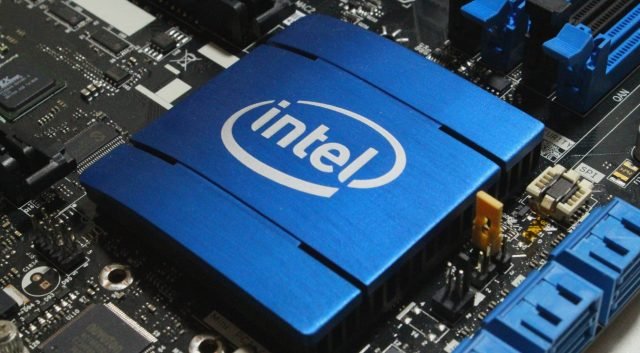Intel CEO Pat Gelsinger, who is taking over from Bob Swan, said that the majority of the company’s 2023 products should be manufactured internally.

Intel last week announced the appointment of VMWare CEO Pat Gelsinger as its new CEO, effective February 15.
“I am confident that the majority of our 2023 products will be manufactured internally,” Pat Gelsinger told analysts during a conference call as Intel announced its fourth quarter results on Thursday.
“At the same time, given the breadth of our portfolio, it’s likely that we will expand our use of external foundries for certain technologies and products,” he said.
The incoming Intel CEO also said that he is pleased with the progress made on the health and recovery of the 7-nanometer program.
The company earlier had to delay the rollout of its 7-nanometer processors due to low yield rates in the chip manufacturing process.
The incoming chief executive of Intel Corp said on Thursday that most of the company’s 2023 products will be made in Intel factories but he sketched a dual-track future in which it will lean more heavily on outside factories.
Intel has been considering since last July whether to drop its decades-old strategy of both designing and making chips by turning for help on its central processing units, or CPUS, to “foundry” manufacturers. Those partners could be Taiwan Semiconductor Manufacturing Co and Samsung Electronics. Intel’s manufacturing technology, called a 7-nanometer process, is expected in 2023.
Kinngai Chan, analyst at Summit Insights Group, said Intel is not likely to outsource its flagship chips.
“Intel’s 14-nanometer chip transistor speed has always been faster than what any foundry can offer even at 7-nanometer,” Chan said. “We believe it will increase its use of external foundries over-time – just not for its large-core CPUs.”
Keeping manufacturing in-house means higher investments. Bernstein analyst Stacy Rasgon questioned whether Gelsinger, currently the chief executive of VMware Inc who previously spent 30 years at Intel and announced his intention to return just last week, has had sufficient time to dig into the issue.
Intel said revenue hit $20 billion in the fourth quarter while full-year revenue set an all-time record of $77.9 billion, up eight percent year-on-year.
Intel also forecast first-quarter revenue and profit above Wall Street expectations, continuing to benefit from pandemic demand for laptops and PCs that have powered the shift to working and playing from home.
Boosted by a new high-end PC processor, Intel regained some momentum in the PC market, with volumes of PC chips rising 33 percent, faster than the 26 percent rise for the overall PC market, according to data from IDC.
Data center group sales, which powered Intel’s growth over the past several years, were $6.1 billion compared with analyst estimates of $5.48 billion, according to FactSet data.
But sales to cloud computing customers, some of the largest and fastest-growing purchasers of data center chips, were down 15 percent in the fourth quarter. Data center chip operating margins were 34 percent in the quarter, down from 48 percent a year earlier.
“We think (data center) operating margins are going to improve as we get toward the second half of the year, when we expect to see a rebound in cloud” chip sales, Intel Chief Financial Officer George Davis said.
